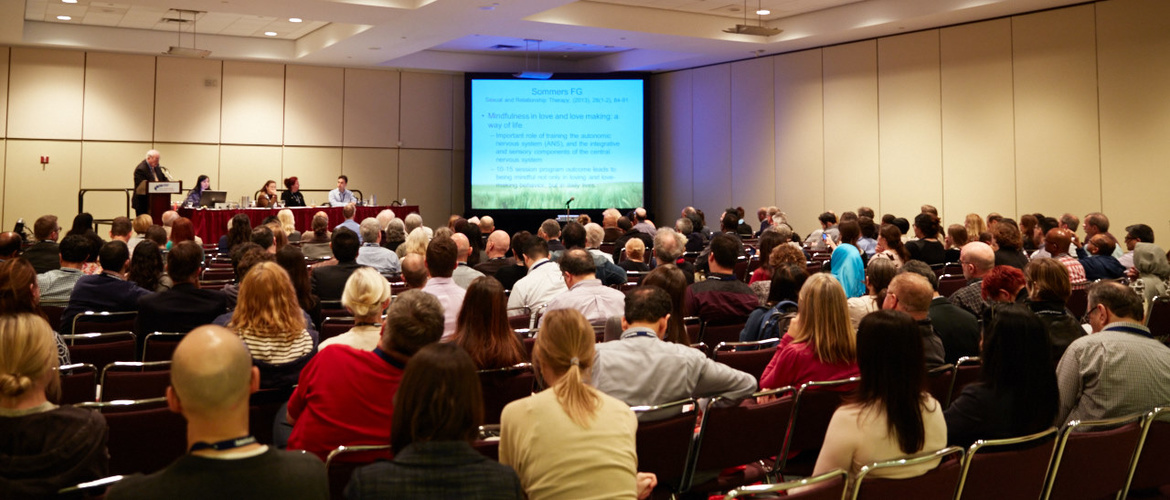
Choose a channel
Check out the different Progress in Mind content channels.

Progress in Mind

For several years at APA congresses, Monique Yohanan, an expert on care guidelines, has had the unique task of telling psychiatrists about developments in other areas of medicine that they should be aware of. And there was great interest in what she had to say.
For a start, top medical stories – assessed using a range of sources including Pubmed and Reuters Health -- tended not to involve psychiatry. It is perhaps worth noting that fact, even though we might wish it to be otherwise.
Secondly, impact in the news media did not necessarily relate to likely impact on clinical practice in the countries in which most of us work. But perhaps this is no surprise. The Ebola outbreak is an example of a story that had massive coverage but (as it happened) few practical implications for most APA delegates.
Thirdly, and again this is probably no surprise, the top stories are not necessarily those with the best evidence. Most Americans get their medical news not from the New England Journal, the Lancet or JAMA but from TV talk shows such as Dr Oz, where anything worth mentioning is already a miracle pill. And when the BMJ’s 2014 Christmas edition reported on the substance behind Dr Oz’s stories, it turned out that roughly half of them were based on no detectable evidence at all. Perhaps by definition, miracles don’t require evidence.
But academic institutions themselves are not so saintly: analysis of press releases from twenty UK universities shows that they too exaggerate the significance of their research. For example, they frequently imply causality when the original research makes no such claim. And they extrapolate freely from results in animals to implications for patients when no such leap of faith is justified.
The basic approach of reflective learning (as developed by Gary Rolfe, of Swansea University, UK) can be applied when judging the importance of medical stories. Ask three questions: What?, So What?, and Now what?
Based on these criteria, the following stories were among those picked out by Dr Yohanan.
Our correspondent’s highlights from the symposium are meant as a fair representation of the scientific content presented. The views and opinions expressed on this page do not necessarily reflect those of Lundbeck.